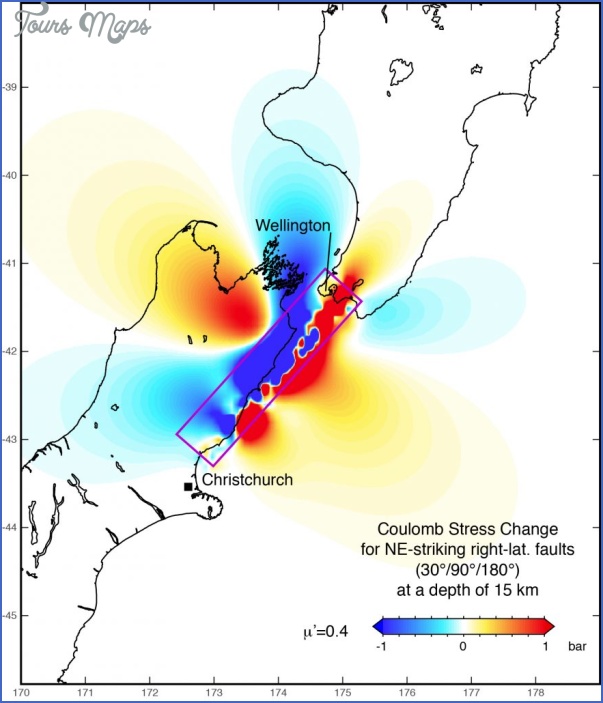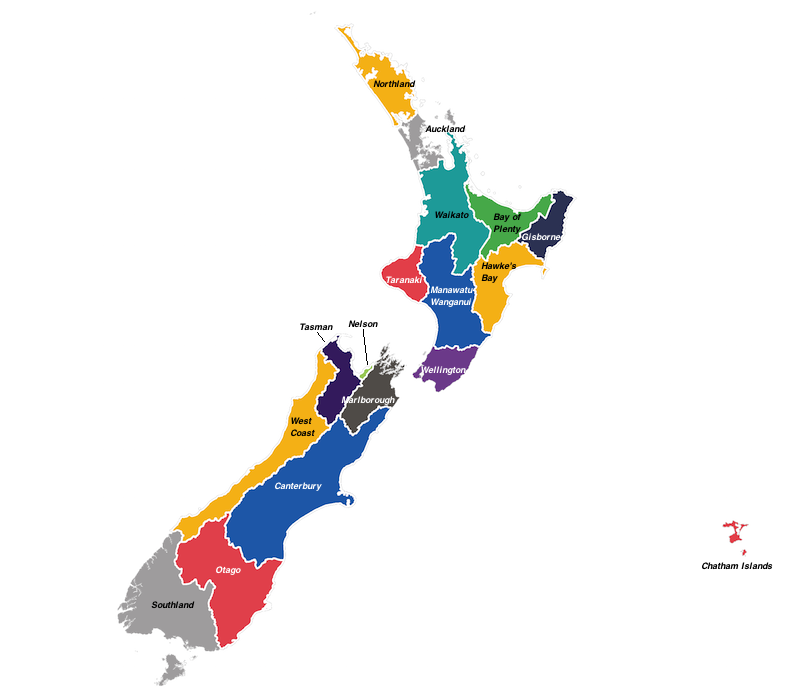

Quake map new zealand update#
This article provides an overview of what informs AIR’s understanding of New Zealand’s seismic risk, the model’s enhancements to the shake component, as well as the four new modules included in the update for the following sub-perils: tsunami, landslide, liquefaction, and fire-following.

AIR’s substantial update to the New Zealand earthquake model, scheduled for release this summer (winter in the Southern Hemisphere), incorporates innovative methodologies and the highest quality data available for the most comprehensive view of New Zealand earthquake risk. These lessons include newly gained insights into seismic hazard sources multi-fault ruptures the impact on short-, medium-, and long-term seismicity in an area that has just experienced an earthquake trans-ocean basin tsunami risk and liquefaction and landslide risk. The critical lessons learned from the September 2010 M 7.0 Darfield earthquake-and its major aftershock, the February 2011 M6.2 Christchurch earthquake-and the November 2016 M7.8 Kaikoura earthquake, as well as worldwide earthquakes such as the 2011 M9.0 Tohoku, Japan, earthquake, have served to inform AIR’s views of seismic risk in New Zealand. Since the occurrence of the 2011 M9.0 Tohoku, Japan, earthquake, New Zealand experienced two significant and unprecedented earthquakes in the past decade, necessitating a reassessment of seismic risk in the country.


 0 kommentar(er)
0 kommentar(er)
